Are you shopping for a 75- or 85-inch TV? I'm not surprised.
In all of my years of covering the TV industry, the most surprising development has been the rise of big-screen TVs. People have always shopped for the best TVs in their price range, but only in the last few years have we seen folks prioritize size above all else. As a result, 75- and 85-inch TVs have seen a dramatic spike in popularity.
Two factors are driving this: More folks are spending time watching movies at home, and larger-than-life TVs are getting more affordable by the year. Given this trend, I’ve put together a guide for navigating the world of ultra-big TVs. By the time you get to the end of it, you’ll be better equipped to shop with confidence in a marketplace that's becoming increasingly crowded.
How much should a 75- or 85-inch TV cost?
I'll cut right to the chase: If you're shopping in the 75- to 85-inch size bracket, you can expect to pay upwards of $5,000 for a high-end, luxury set, and as little as $800 for an entry-level, 75-inch model. I would steer clear of anything cheaper than this, as it'll be scraping the bottom of the proverbial barrel.
Let's take a look at our current pick for one of the best 75-inch TVs for shoppers on a budget: the TCL Q6 QLED TV. It's not as kitted out as higher-end TVs in this size range, but it offers solid performance, a reliable smart platform, and a handful of gaming features for a not-so-bad price. Right now, you can land a 75-inch Q6 for just $899. We stand by this pick not because it's the cheapest 75-inch TV you can buy, but because it's the best possible option for people looking for a big-screen on a budget.
Perhaps you're looking for a little more bang for your buck, and the 75-inch Q6 just doesn't offer enough in the way of performance- or gaming-related features. You could certainly go all-in on a jaw-dropping, life-changing TV like the 83-inch LG G4 OLED, but that's currently stickered at an eye-watering $5,500.
Instead, let's focus on the middle of the pack. Our current pick for the best TV in any size is the all-new Hisense U8N. You can read all about it in our full Hisense U8N review, but from a performance standpoint, this TV nips at the heels of some of the best TVs on the market. It's also flush with features, many of which are considered critical by casual viewers and competitive gamers.
Believe it or not, the U8N is priced closer to a mid-range TV than a high-end one — a fact that seems to defy its lofty resumé. That 83-inch LG OLED is one of the most impressive TVs on the market, but I suspect that most folks would be plenty happy with an 85-inch Hisense U8N for just $1,797. Heck, you could buy two of them and still not come close to what you'd pay for that 83-inch OLED. This is why the U8N tops our list of the best 85-inch TVs you can buy.
If you've narrowed down your options to just a handful of 75- to 85-inch TVs and you don't know how to choose between them, it might help to learn about some specific specs that relate to big-screen viewing. Depending on what your living space and viewing habits, you could find that certain options are better suited for you.

In the world of TV hardware, there are countless numbers, designations, and initialisms to keep track of. For the purposes of simplifying our shopping, let's focus on three: display type, panel type, and stand type.
1. Display type
The type of display your TV uses will have a tremendous impact on how your favorite movies and shows look.
The 75-inch TCL Q6 I previously mentioned features a standard LED backlight with no local dimming. This means that, not only is it an average TV when it comes to peak brightness, it also can't drive that brightness to specific areas of the screen as precisely as something like the aforementioned Hisense U8N, which leverages Mini-LEDs for improved contrast.
If you watch a ton of stuff during the day, you might find that the entry-level Q6 is bit too modest. After all, our testing indicates that it tops out around 500 nits for standard (SDR) content — enough for dim- or dark-room viewing, but pushing it if your living room gets a ton of sun.
The U8N, meanwhile, clocks in at upwards of 1,300 nits in SDR and 3,500 nits in HDR. If you're going to splash out on a big-screen TV for, say, having people over to watch a football game on a sunny afternoon, the U8N is a better pick.
2. Panel type
If you're not shopping for one of the best OLED TVs in this size range, pay attention to panel type. LED TVs (like the TCL Q6 and Hisense U8N) come in two flavors: VA panels and IPS (or ADS) panels.
VA-style panels allow for deeper black levels (and better contrast) but do so at the expense of wider viewing angles. This means that, when viewing VA panels at an off-angle, you’re more likely to see a drop in contrast and color saturation. The 75-inch TCL Q6 leverages a VA-style panel, as does the 75-inch Hisense U8N.
IPS/ADS-style panels tend to produce shallower black levels during most content, but they also tend to hold up much better when viewing them from off to the side. If you're determined to offer the widest viewing angle to friends, family, and party guests, these panels have a slight edge.
Confusingly, not all TVs belonging to the same series use the same panel type across the board. The 75-inch U8N uses a VA-style panel, but the 85-inch U8N is built around an ADS-style panel. This should enter into your thinking when the time comes to make a decision.
3. Stand type
This may seem obvious, but if you're not planning on wall-mounting your 75- or 85-inch TV, make sure that whatever surface you’re planning to place it on is wide enough to accommodate the stand. It's an especially important thing to consider when it comes to TVs that use a pair of feet rather than a pedestal, as they tend to be widely spaced.
The TCL Q6's pair of feet, for instance, stretch to the corners of its panel. The U8N's stand is a centered, pedestal-style stand. Hypothetically, at the 75-inch size point, only the U8N would fit onto a narrow media console.
Above all else, don't be afraid to shop around. We've carefully curated our list of the best 75-inch TVs and the best 85-inch TVs to accommodate all budgets and necessities. You truly don't have to drop $5,500 to enjoy a larger-than-life TV experience.
More from Tom's Guide
- ATSC 3.0 Tuners — do you really need one on your 2024 TV?
- What is TV glare and how do you get rid of it?
- What size TV should you buy?
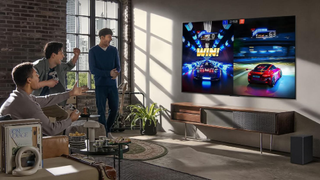

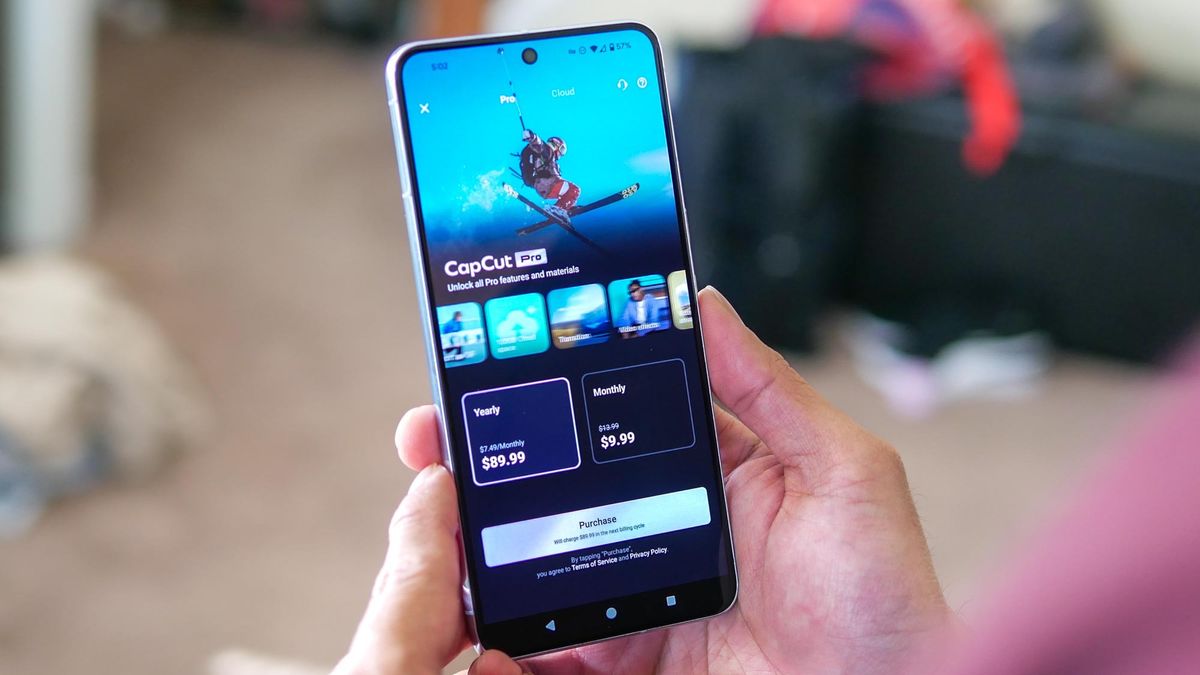

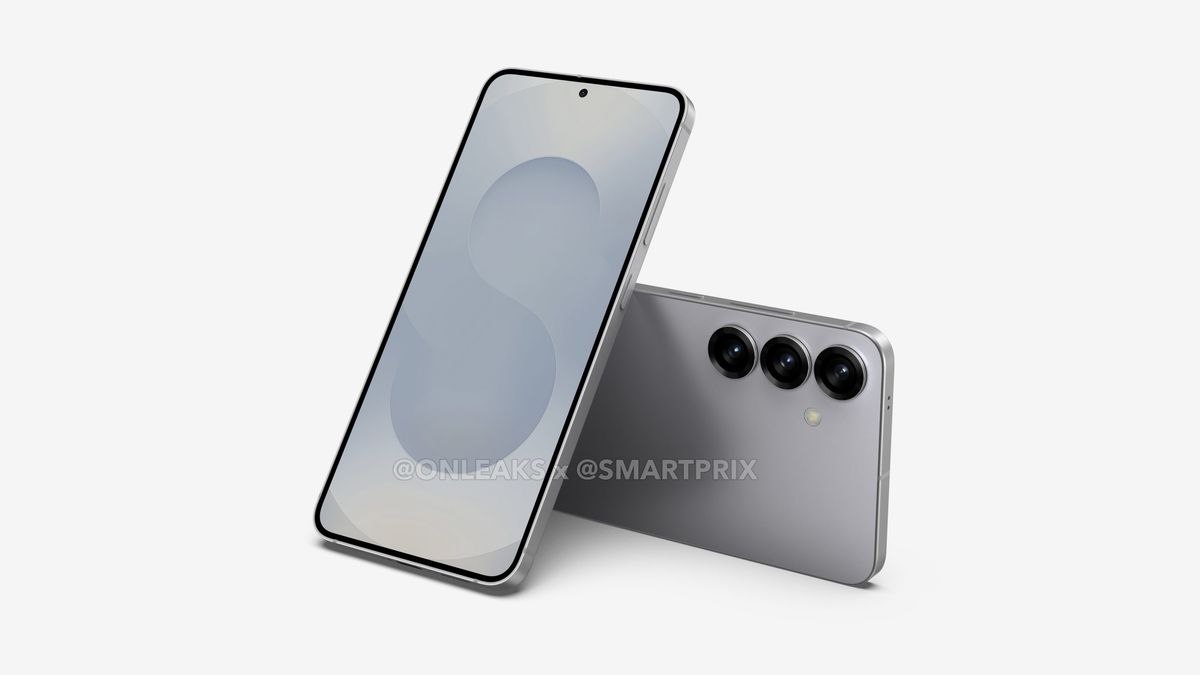
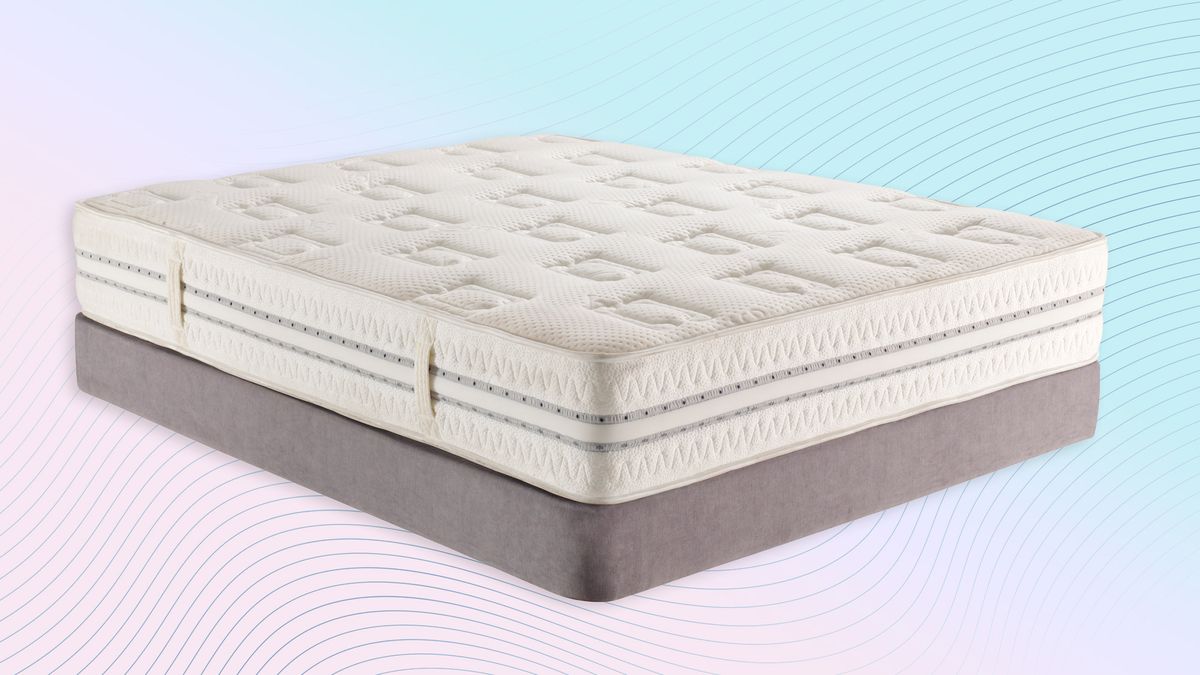
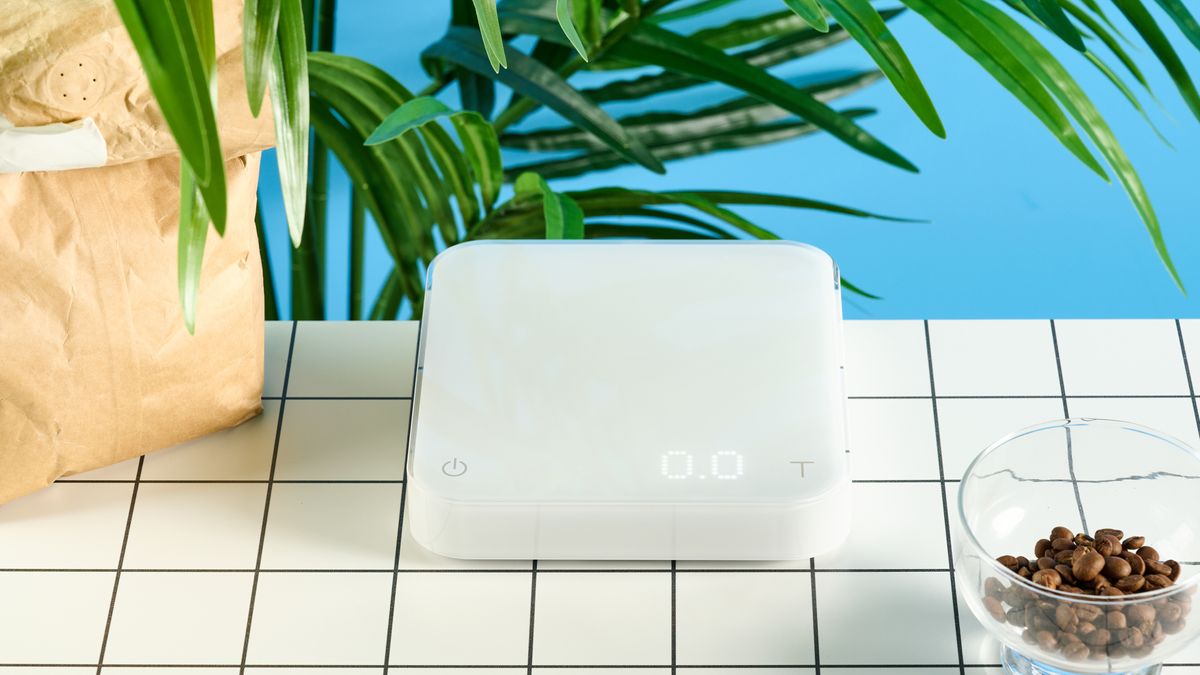
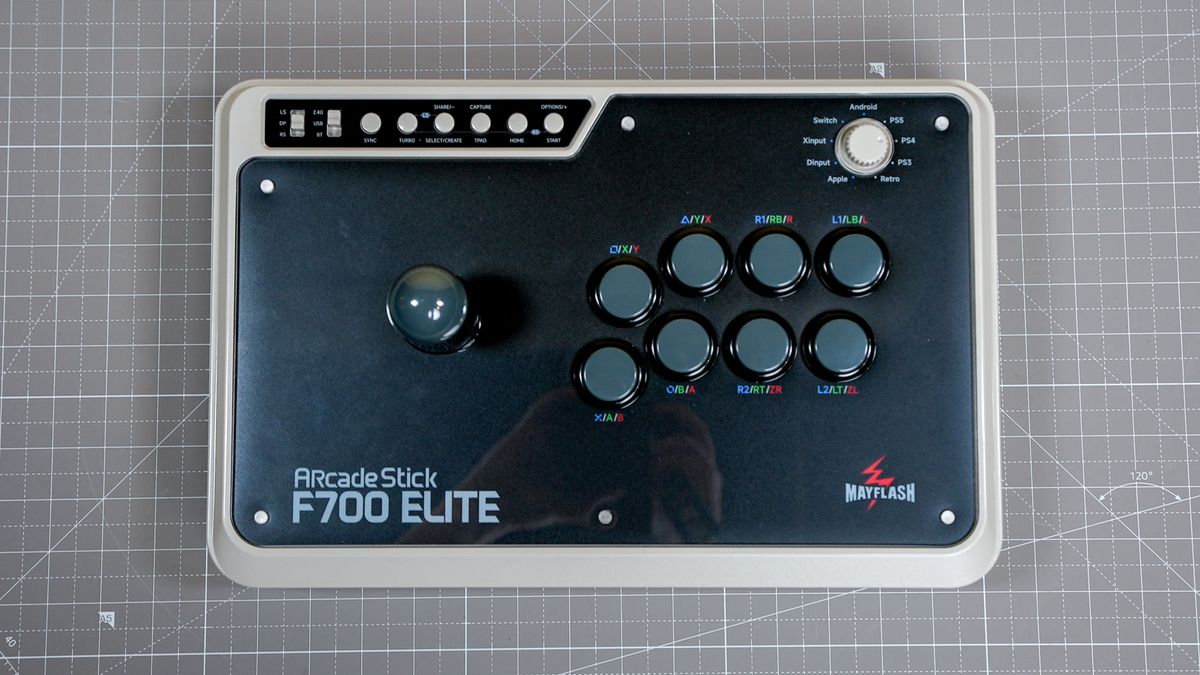

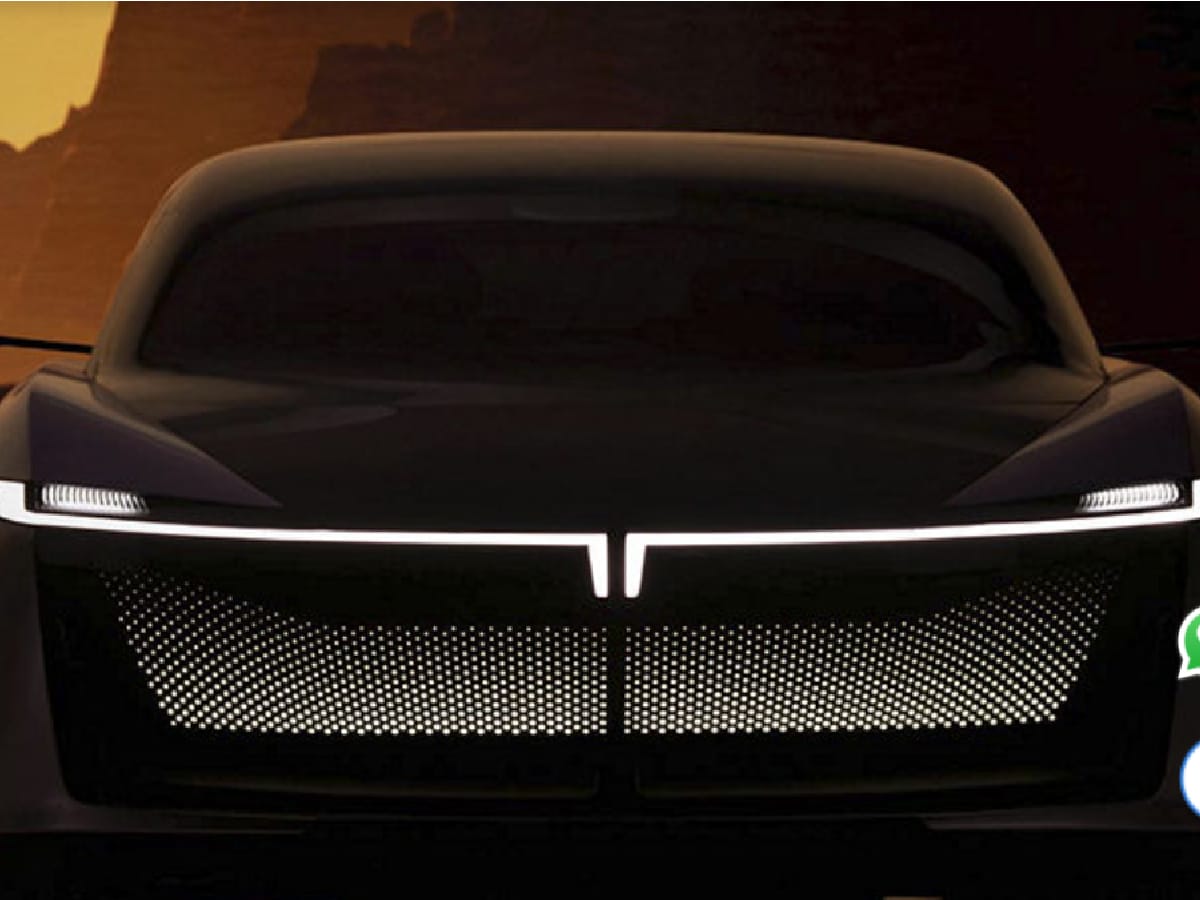
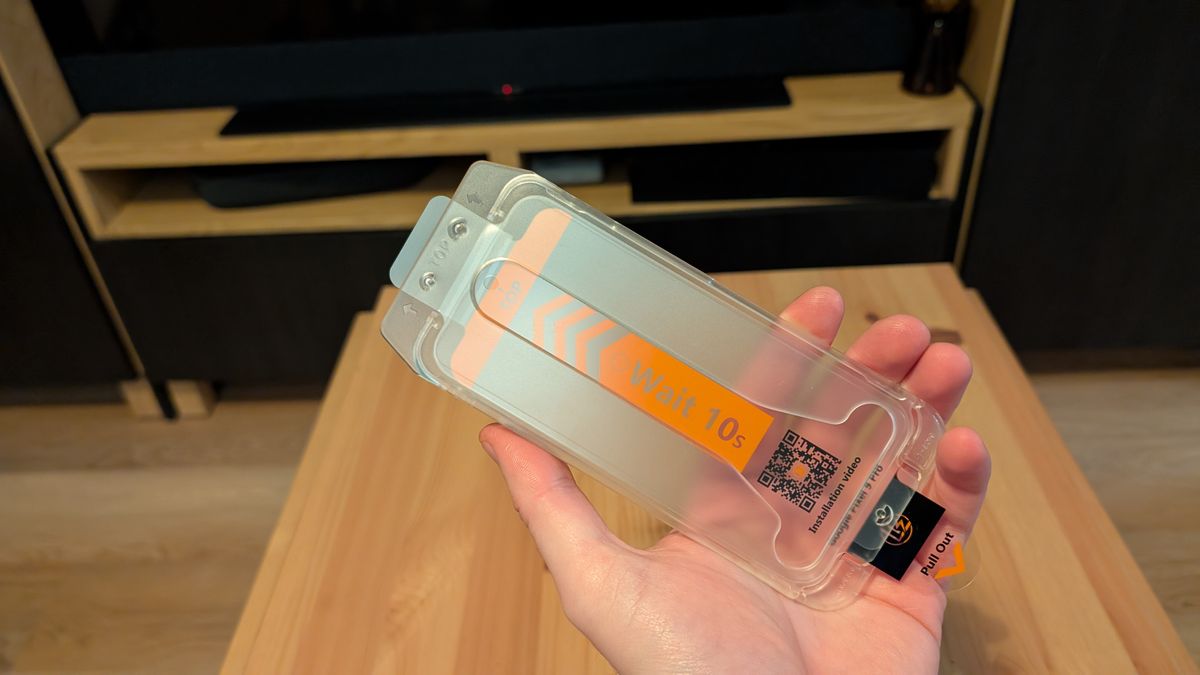










 English (US) ·
English (US) ·